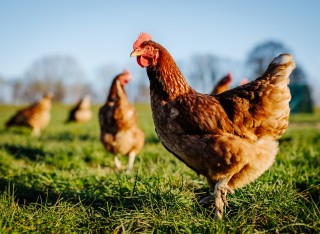
Dr James Robert George Adams
About
Biography
Achieving a BSC in Biological sciences at the University of East Anglia and a Master's in Research at Royal Holloway University of London, James has gone on to complete his PhD at the University of Surrey investigating alternatives to antibiotics for the control of Avian E. coli. Combining microbiology and immunology, this project focused on identifying postbiotics with the capacity to enhance innate immune responses to bacterial infection. James then joined the Horse Microbiome Research Group at the University of Surrey in 2025 to work as a post-doctoral research fellow investigating the relationship between inflammatory immunological factors and the microbial community within the foal gut, and how this impacts long term health.
University roles and responsibilities
- ECR representative for the School of Veterinary Medicine
